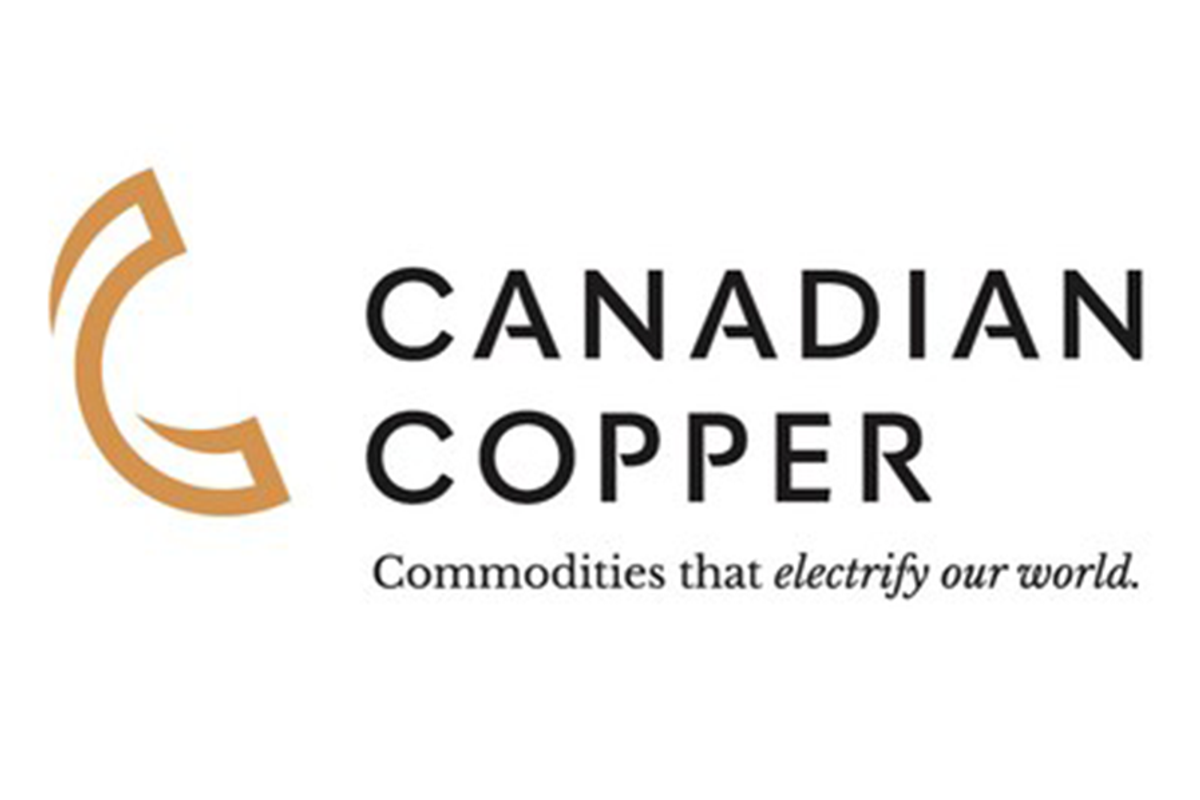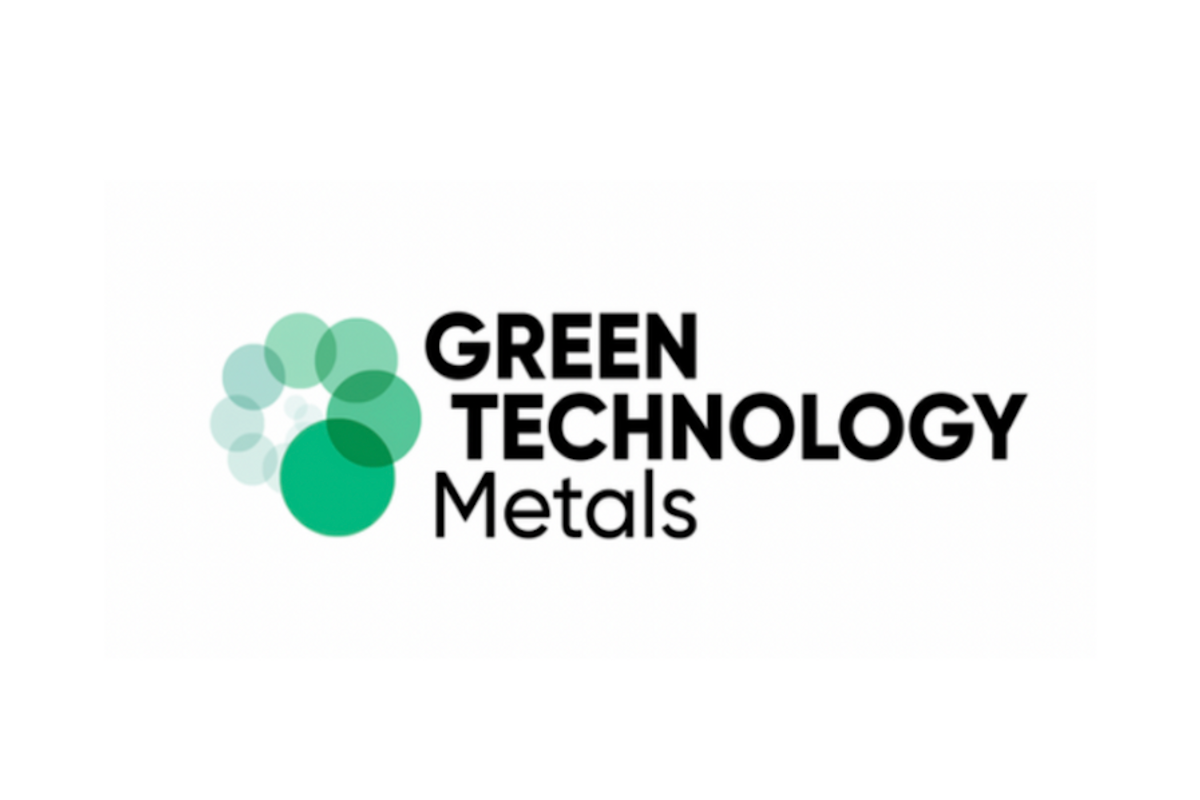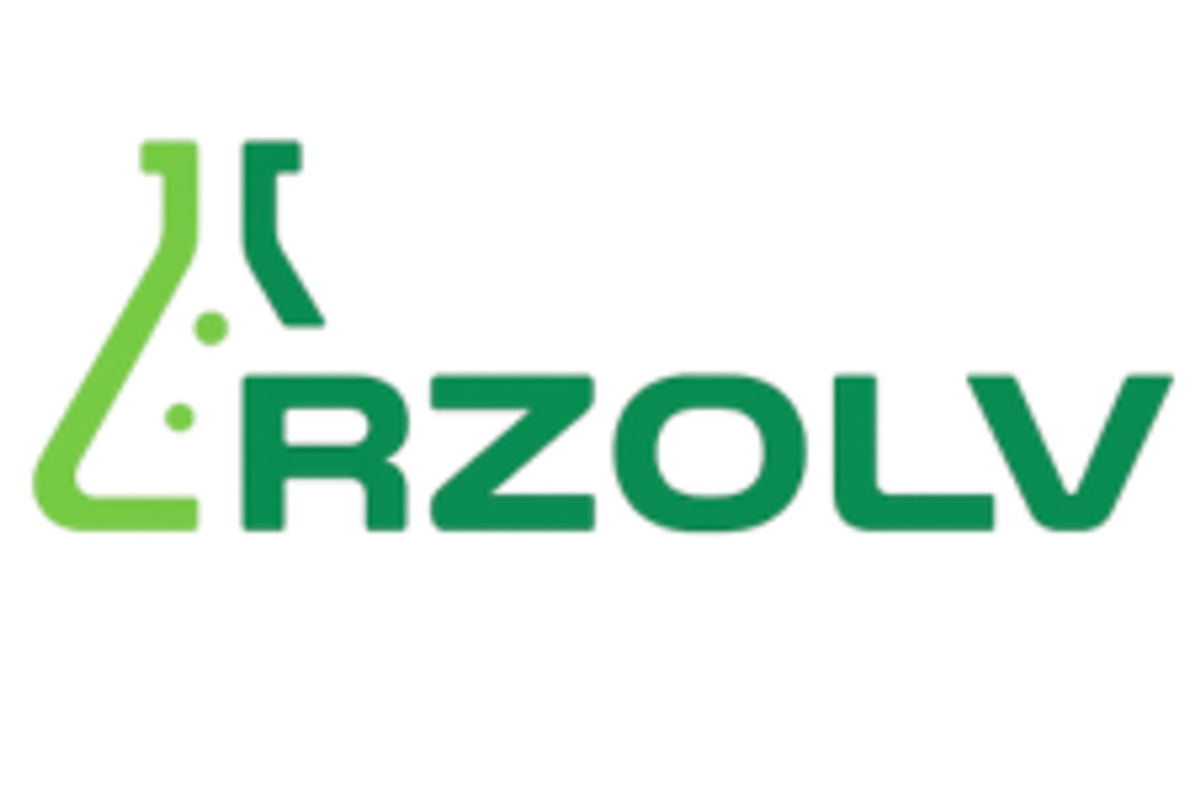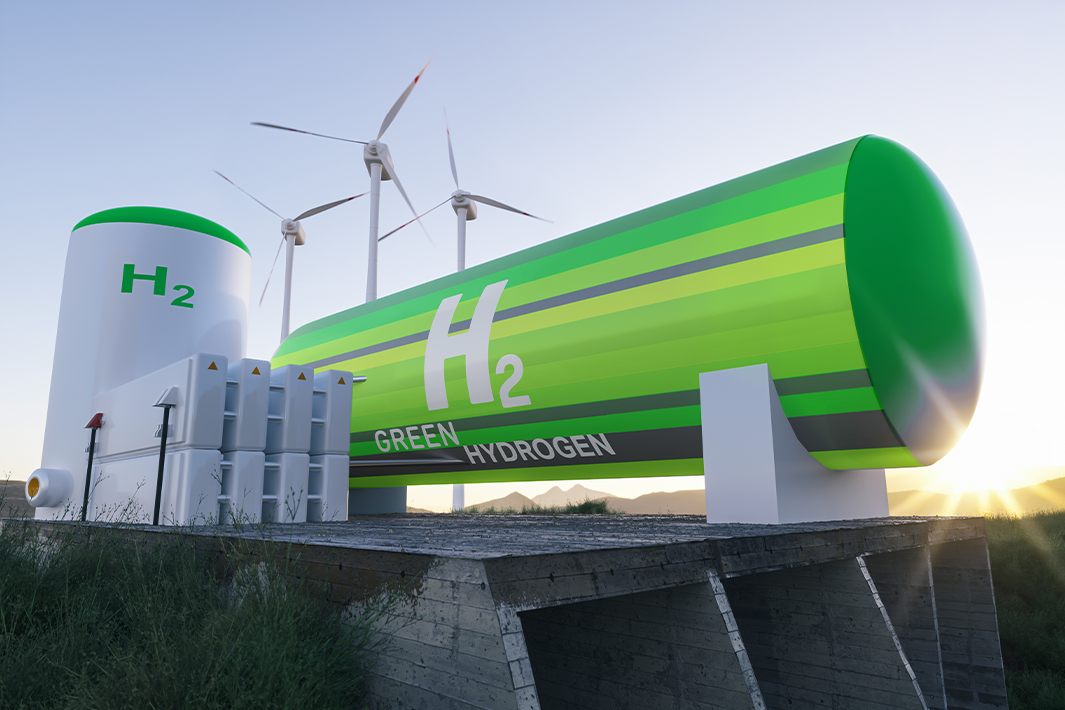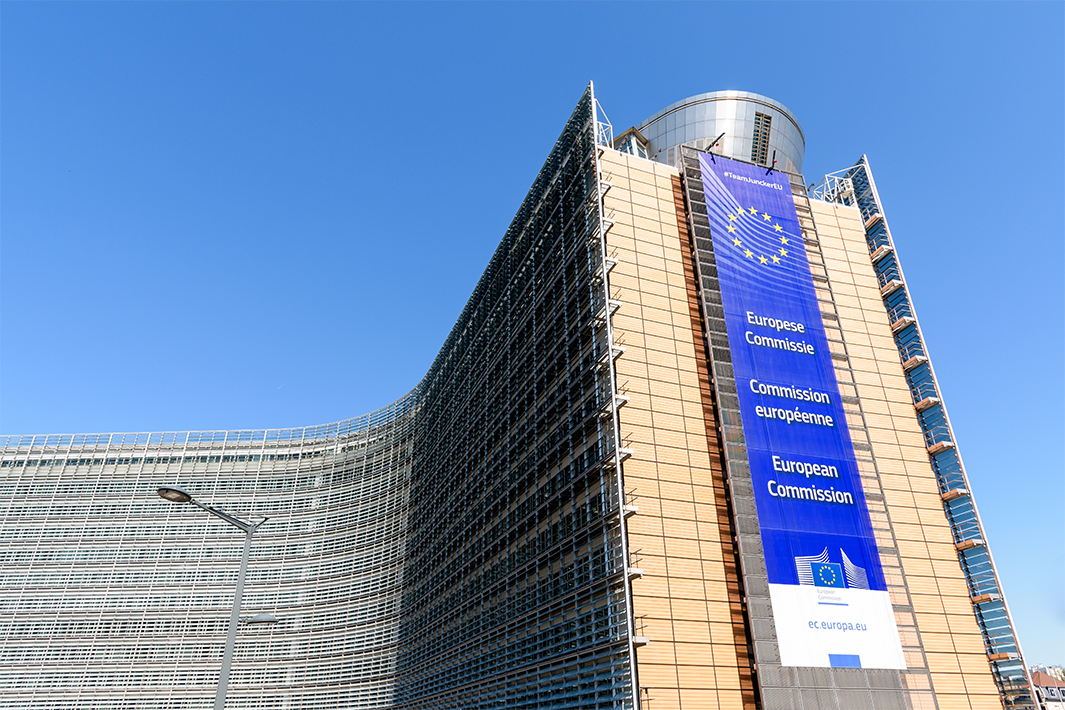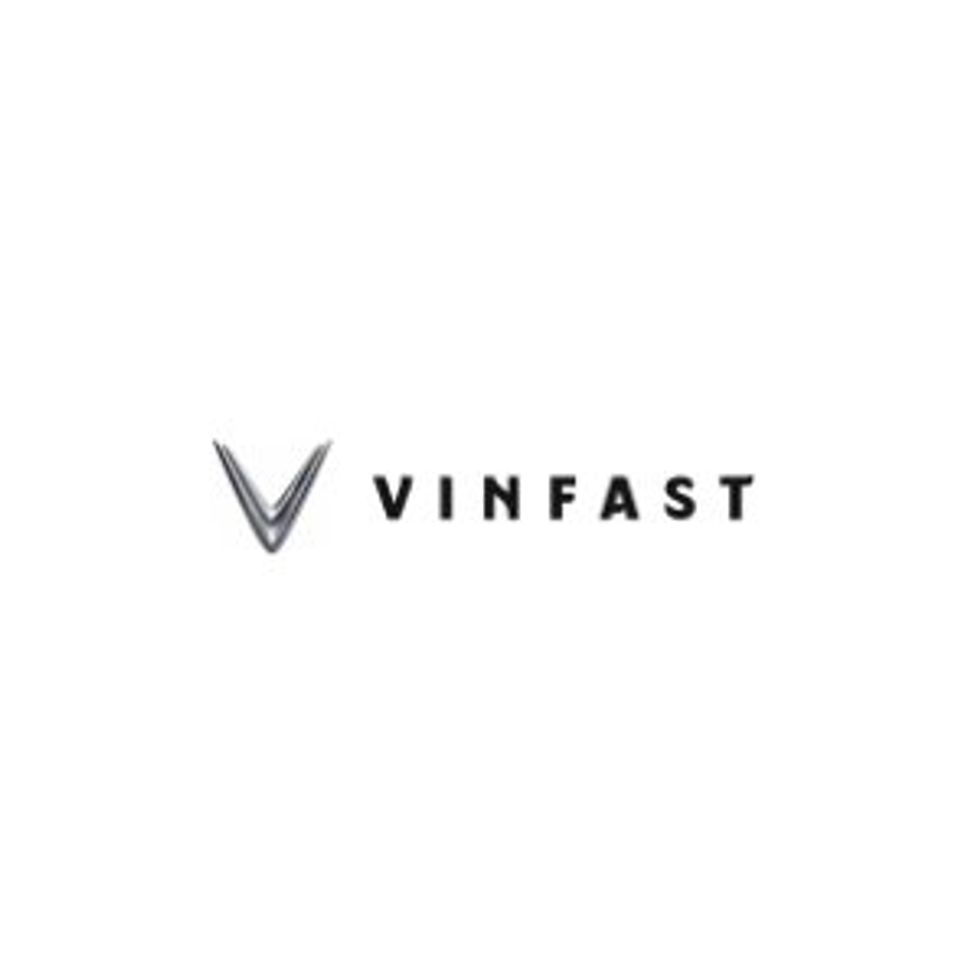
From Vietnam's swift surge to Canada's measured shift, VinFast's VF 8 stands as the link between two paths to electrification, embodying both the drive of a bold newcomer and the steadiness of a market learning to trust the electric road ahead.
Electric vehicles are having a mixed year around the world. In some markets, interest has slowed. In Vietnam, the opposite is true. The country's homegrown automaker, VinFast, has delivered more than 100,000 vehicles in the first three quarters of 2025 and has held its number one position for 11 consecutive months. That pace is unusual for a company that began producing cars less than a decade ago.
Vietnam's rise reflects a broader shift in developing economies. According to data from Europe-based Transport & Environment, several emerging countries now record electric vehicle shares higher than many European nations. In Vietnam, about 42 percent of new cars sold in the first half of this year are electric 1 .
That momentum was on full display this summer in Ho Chi Minh City, where hundreds of drivers from around the world joined a demanding test drive for the VF 8, VinFast's midsize all-electric SUV that has played a central role in its global expansion. The event featured steep ramps, deep water, and sharp turns to test its power and stability. Reviewers praised the braking precision and the instant 402-horsepower acceleration. "It's strong, smooth, and surprisingly refined," said one local car enthusiast.
These public demonstrations have become part of Vietnam's growing curiosity about electric cars. People want to see how a homegrown vehicle performs under pressure. Each test adds to a sense of collective confidence that electric cars are not just clean but capable.
Half a world away, the conversation in Canada sounds more cautious. The country's ambition to become an electric vehicle powerhouse has met headwinds. After reaching nearly 18 percent of new-car sales in late 2024, electric vehicles accounted for about 9.2 percent in the second quarter of 2025. The decline followed the end of a federal rebate program and delays in several large manufacturing projects.
The long-term goal, however, remains the same: all new vehicles sold by 2035 must be zero-emission. Yet many consumers are waiting for better affordability and more reliable charging networks. The national mood has shifted from optimism to reflection, from policy vision to practical questions.
Into that atmosphere steps VinFast, the same company driving Vietnam's EV boom. While many major automakers scale back their electric ambitions or pivot toward hybrids, VinFast remains fully committed to an all-electric path, selling no hybrid cars. In Canada, the company has taken a measured approach, presenting itself not with grand promises but with consistency. It offers a 10-year vehicle warranty, a 10-year unlimited-kilometre battery warranty (under normal use), and a smart app providing access to more than 100,000 public chargers across North America.
For Canadian drivers, this quiet confidence takes shape in the VF 8. The SUV's all-wheel drive suits long winters and uneven roads. Its range of about 400 kilometers fits daily commutes and weekend trips alike. Inside, an advanced driver-assistance system helps manage long highway drives. Early adopters describe the car as solid and comfortable, with a driving feel that balances power and restraint.
Together, these qualities, along with VinFast's long-term commitment, are positioned to play a tangible role in Canada's EV transition. Priced from about CAD $53,000 for the Eco trim and CAD $59,000 for the Plus version, the midsize SUV sits neatly between premium imports and smaller entry-level models, giving Canadian buyers a new option in a segment still defined by extremes. And by pairing long-range capability with attainable pricing and dependable after-sales support, the VF 8 can make consumer really imagine themselves owning an EV.
With half the world between them, Canada and Vietnam could hardly be more different in their stages of adoption. One moves with the urgency of a young economy proving itself. The other moves with the care of an established one adjusting to change. Yet both are part of the same story.
The VF 8 connects these two realities. It reflects Vietnam's energy and Canada's caution. In one country, it symbolizes ambition fulfilled. In the other, it represents commitment renewed. Progress does not unfold everywhere at once, and that may be the point. Electrification, like any transformation, advances at the pace that people trust. VinFast, for now, seems comfortable driving in both lanes.
| __________________ |
| 1 https://www.transportenvironment.org/uploads/files/2025_09_EV_Progress_Report.pdf |
View source version on businesswire.com: https://www.businesswire.com/news/home/20251030797608/en/


